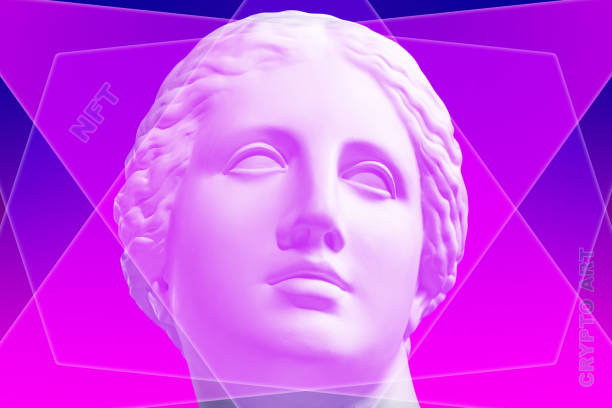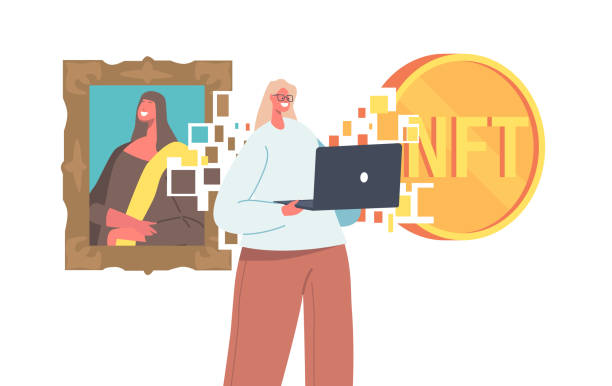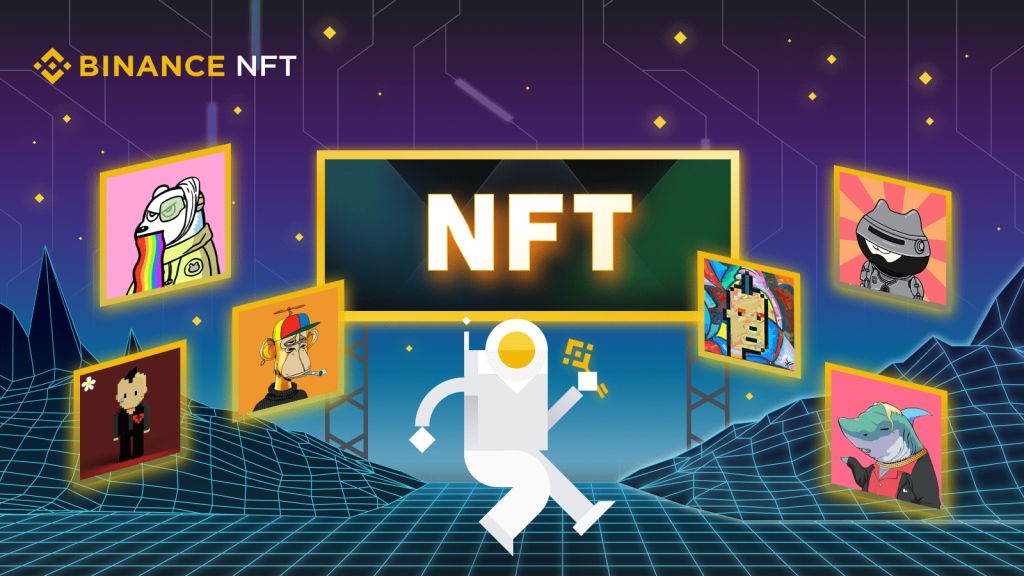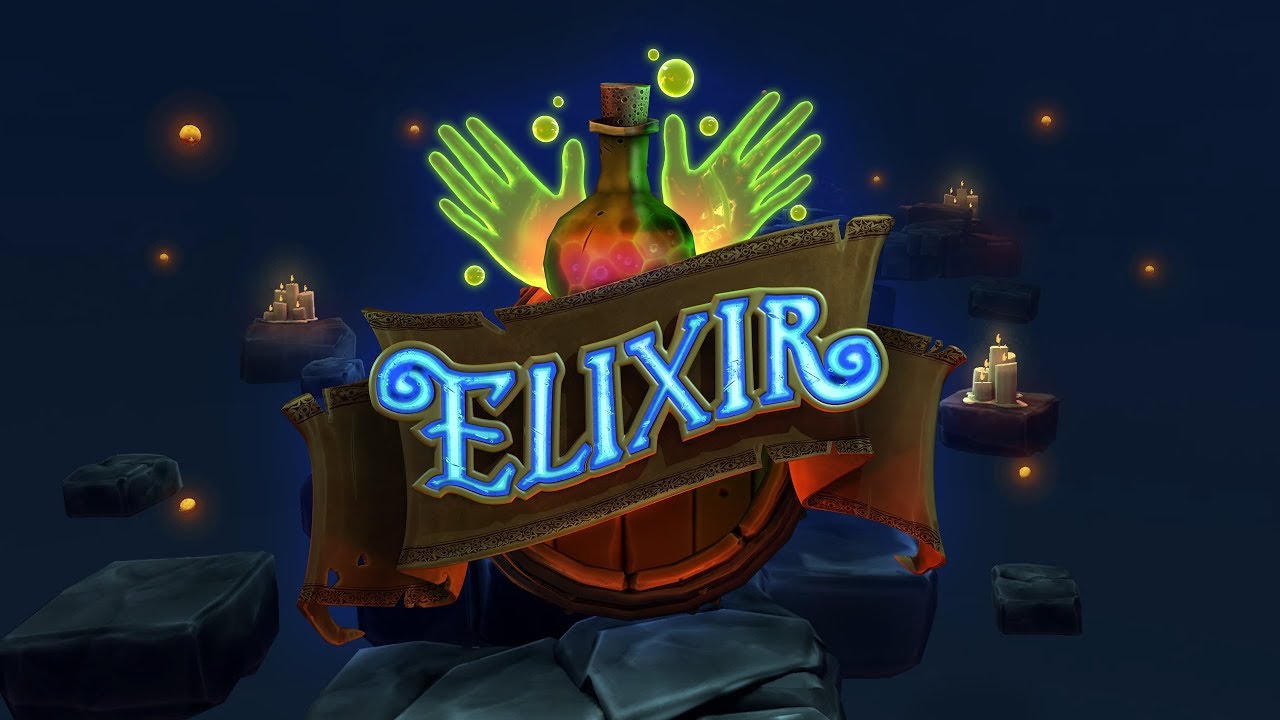With the nonfungible token (NFT) artists taking the entire world by storm, it now makes sense they have a place to display their works. NFTs are on the rise and they are bringing to light the latest innovation in the digital collectible market.
Along with the nascent asset class comes many artists like Mike Winkelmann (Beeple). Before the NFT sector came up, Mike was not a known artist. After selling some of his work at $69 million, he is now one of the most valuable living artists today. Beeple is one of these artists who took advantage of the new chapter of art history, and he is not the last.
These nonfungible tokens exist as unique files on the blockchain, with the information and data about the creator loaded on the digital ledger permanently. The buyers normally get a limited ability to display their art pieces, limiting the beautiful works of art to the eyes of a few until they feel that it is the ideal time to sell.
Most people agree that the original works like the Mona Lisa need to be seen by the masses. With such an example in mind, the solution appears simple. As anyone would share art in a museum, it is only sensible that the digital art is showcased similarly in a digital museum.
Operating under a photo editor Pixlr.com and the Inmagine Group, known for owning a stock photo gallery 123RF.com, is Pixlr Genesis. It is targeted to turn into the biggest decentralized art museum on the metaverse, coming with a massive collection of exclusive NFT art. Pixlr Genesis is designed to become a community and a place where artists, collectors, and enthusiasts might come together.
Being new or reinvigorated patrons of the arts, the participants in the community are set to become critical in the introduction of the second Renaissance.
A member of the team said:
“Pixlr’s mission is to empower creators to make exceptional content and share it with the world. We see NFTs as a way to democratize ownership of art as well as establishing new experiences between creators, owners, and collectors.”
In a majorly ambitious goal, the team is now positioning itself against the world’s most notable art collections like Louvre, the MOMA, and the National Gallery.
Powers Given To The Creators
The Pixlr Genesis ecosystem is expected to include more than just a display case, it will take shape as a fully-fledged ecosystem and will push the newest boundaries of art and intellectual property (IP). Thus, this metaverse-based gallery will also come with an auction platform and NFT minting tools.
Users can then gain access to the ecosystem by holding their piece of NFT art that they can then display or hold as they benefit from exclusive NFT tools and art drops, which are benefits exclusive to the community members. Art holders might also have a chance to network with other collectors as they interact within the Pixlr metaverse.
The developers have since announced the release and publishing of 10,000 Pixlr Genesis NFT art pieces. Each of these pieces is generated with the platform’s artificial intelligence (AI) tools. They will become available soon for the community in a public sale. Furthermore, every NFT will act as a seed or a ticket for future drops. That is a rite of passage into the growing community and a strategic method for earning various ART tokens.
With just 10,000 pieces, slots have become limited, and due to their scarcity principle, their value increases over time.
Going Digital
Since then, the team has announced the first 2000 Pixlr Genesis NFT passes were released on December 1, 2021, at 5:00 pm PST, 8:00 pm EST/ Dec. 2, 2021, 12:00 am UTC, 08:00 am SG. That public sale released assets starting at 0.15 ETH, with prices surging in four subsequent phases.

The acquisition of an art piece is more than it is a valuable investment, it becomes a representative of the authority to determine what gets to be displayed in the metaverse museum and may present different opportunities for the participants to invest in secondary royalty funds and direct community attention whenever they see fit.
Art holders see that 25% of the secondary royalties generated by the collection in perpetuity would get reinvested in the pursuit of other new art. The funds are also used to support new artists, maybe the next Beeple is among them.








2 comments